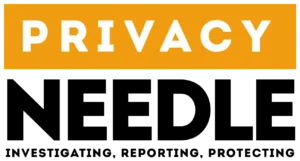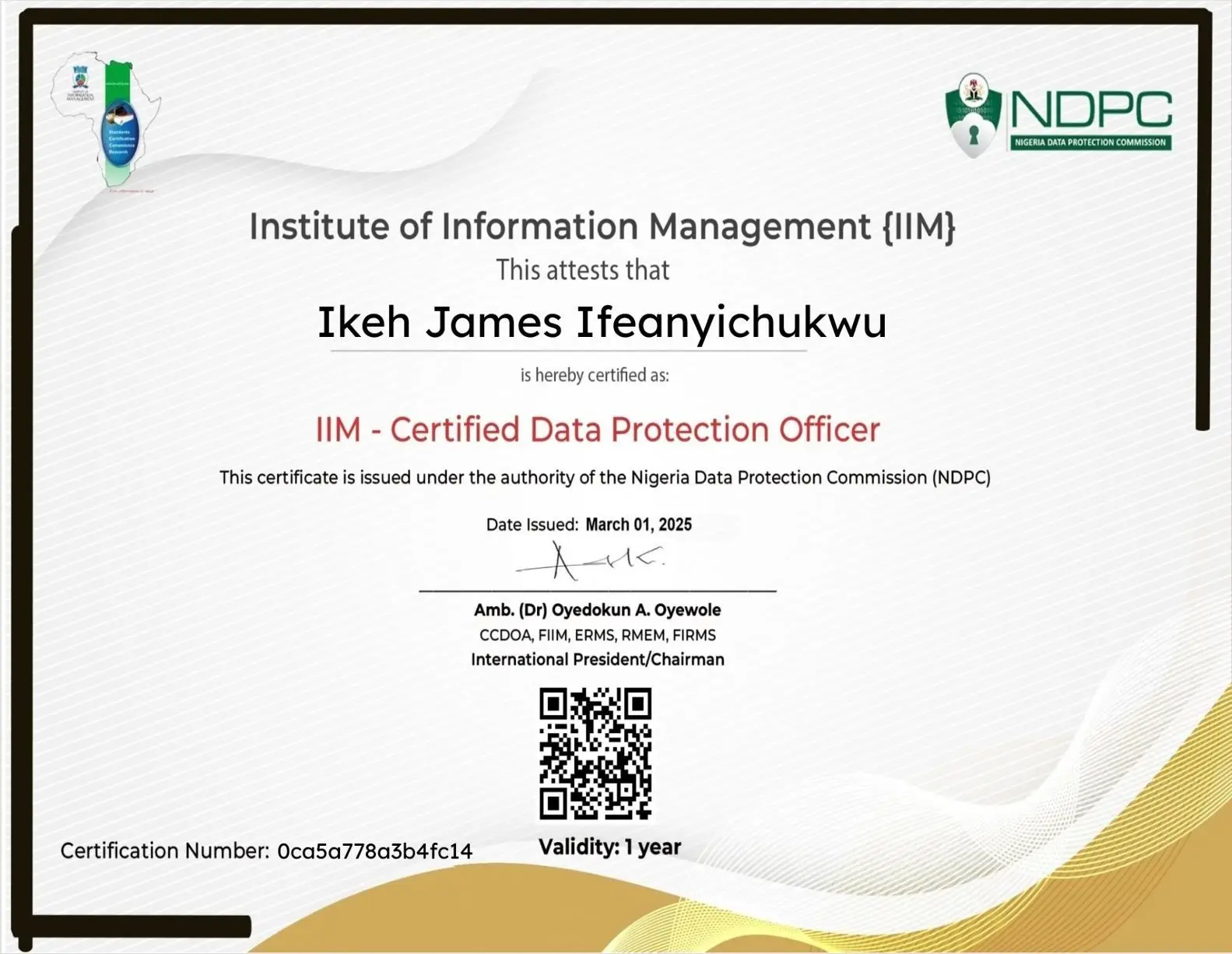Hackers Leak Qantas Data: What It Means for Privacy, Security & Businesses in 2025
Share

Hackers published 5 million Qantas customer records after a ransom deadline passed. Learn how it happened, what data was exposed, global implications, and how businesses can defend against similar breaches.
In October 2025, a cyberattack struck Qantas, one of Australia’s leading airlines. Hackers leaked 5 million customer records after a ransom deadline lapsed, exposing sensitive personal information and igniting widespread concern over data security in the travel industry.
This incident isn’t just a headline—it’s a wake-up call for all organizations handling customer data. In this article, we dissect what happened, which data was exposed, the fallout, regulatory risk, lessons learned, and what every business must do to prevent being next.
What Happened: Timeline & Details
- The data was stolen from a Salesforce database during an earlier cyberattack in June 2025.
- The stolen records included email addresses, phone numbers, birth dates, and frequent flyer numbers—but did not include credit card information, financial data, or passport numbers.
- Hackers from the group Scattered Lapsus$ Hunters had demanded a ransom to prevent public release of the data. After the deadline passed, they “leaked” the data on the dark web.
- Qantas secured an injunction from Australia’s New South Wales Supreme Court to prevent third parties from publishing or using the data further.
- More than 40 companies globally were caught up in the broader leak, some of whose records spanned April 2024 to September 2025.
Data Exposed & Risk Profile
Here’s a table summarising what was exposed, what wasn’t, and associated risks:
| Category | Exposed Data | Not Exposed | Risk / Impact |
|---|---|---|---|
| Identity / Contact | Emails, phone numbers, birth dates, frequent flyer IDs | Passport numbers, government IDs | Risk of phishing, identity fraud, social engineering |
| Financial / Payment | None reported | Credit cards, bank accounts | Lower direct financial risk |
| Behavioral / Records | Purchase histories, travel logs (depending on linked systems) | Full financial statements | Can be used to profile customers, target marketing or scams |
| Vendor / Partner Exposure | Data of customers in linked systems | Systems’ internal credentials, source code | Possible lateral attacks through partner networks |
Why This Breach Matters
1. Scale & Public Exposure
5 million records being made public is significant in reach and reputational damage.
2. No Payment Data Doesn’t Mean No Risk
Even without credit card information, leaked emails, phone numbers, and personal identifiers enable strong phishing attacks and identity fraud.
3. Ransom Strategy is Escalating
Using ransom deadlines as leverage over data privacy is becoming more common across sectors.
4. Third-Party & Ecosystem Risk
The attack vector was via a Salesforce database and impacted multiple organizations—highlighting the danger of supply chain and vendor exposure.
5. Legal & Regulatory Fallout
Qantas now faces obligations under data protection laws (Australia, EU, others) to notify, audit, and secure data.
Fallout & Responses
- Qantas responded by launching investigations, bringing onboard external cybersecurity experts, increasing monitoring, and reinforcing system defenses.
- Salesforce denied that its platform itself was compromised, stating the extortion attempts related to prior or unsubstantiated hacks.
- The legal injunction obtained by Qantas aims to legally bar third parties from distributing or exploiting the leaked data.
- Analysts warned the leaked data—though nonfinancial—can be weaponized to craft highly targeted phishing and identity theft campaigns.
Lessons for Organizations & Best Practices
Here’s what business leaders and security teams should take away:
Harden Vendor & Third-Party Access
- Audit and monitor vendor access to sensitive systems
- Use least privilege and segmentation
- Require strong SLAs and security contracts
Data Minimization & Encryption Everywhere
- Only collect what’s needed
- Encrypt both at rest and in transit
- Mask or tokenize sensitive fields
Incident Response, Preparedness & Legal Strategy
- Maintain well-practiced breach response plans
- Pre-arrange legal counsel in jurisdictions you operate
- Understand injunction, takedown, or court remedies after leaks
Detection & Monitoring
- Deploy SIEM, behavioral analytics, and anomaly detection
- Monitor for dark web leaks of your data
Communication & Transparency
- Be honest with customers: notify them promptly
- Provide identity protection or credit monitoring where possible
- Maintain public trust with consistent messaging
Regulatory & Compliance Implications
Depending on jurisdiction, Qantas may face consequences under privacy laws:
- Australia Privacy Act / Notifiable Data Breaches regime
- GDPR (if EU customers were affected)
- Australian Consumer Law (for mishandling personal data)
Penalties, investigations, and compensation claims are possible.
FAQs
Q1: Can a company survive a massive data leak like this?
Yes—but recovery requires speed, transparency, remediation, and trust rebuilding. Some companies rebound stronger by investing in security and public trust.
Q2: Should I notify customers even if only contact data was exposed?
Yes. Even nonfinancial data can be misused. Early notification and mitigation can reduce harm and legal exposure.
Q3: Does paying ransom prevent data leaks forever?
No guarantee. Many criminals leak data despite payment, or demand further sums later. Paying can also incentivize attackers.
Q4: How can small businesses defend against such breaches?
Focus on strong security hygiene: encryption, vendor audits, least privilege access, patched systems, and incident plans.
Q5: How will this impact data privacy regulation?
Such high-profile breaches help push stronger enforcement, tougher breach laws, and stricter vendor oversight in many countries.
Conclusion
The Qantas data leak is more than an airline story—it’s a stark reminder that no organization is immune. Even nonfinancial personal data, when paired with clever phishing or social engineering, can create cascading damage.
For any business processing personal data, the path forward is clear:
- Harden your vendor network
- Encrypt, segment, monitor
- Prepare for inevitable attacks with response plans
- Be ready to communicate honestly with customers
In 2025 and beyond, the true measure of a company is not whether it was breached, but how it responded and rebuilt trust.



























